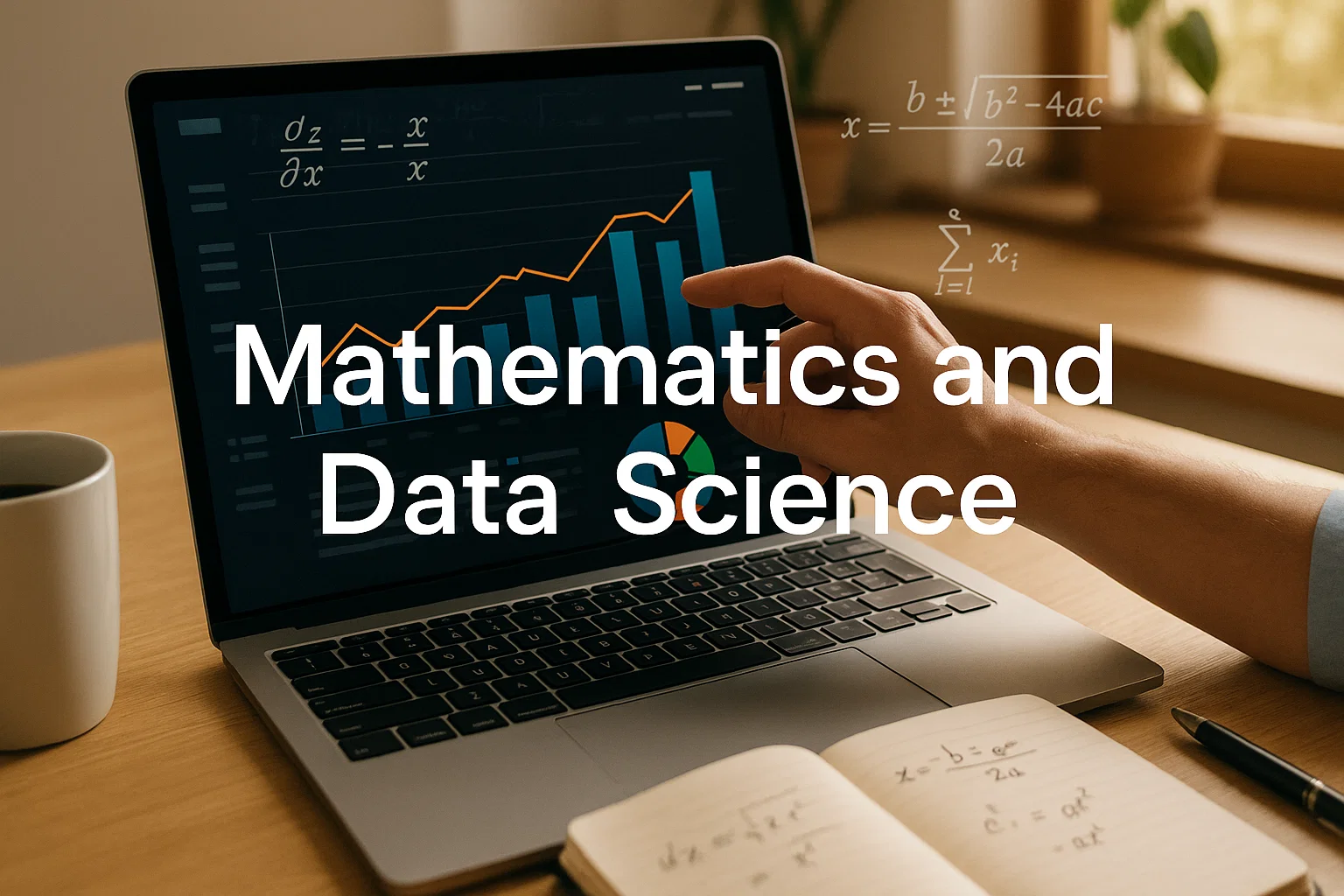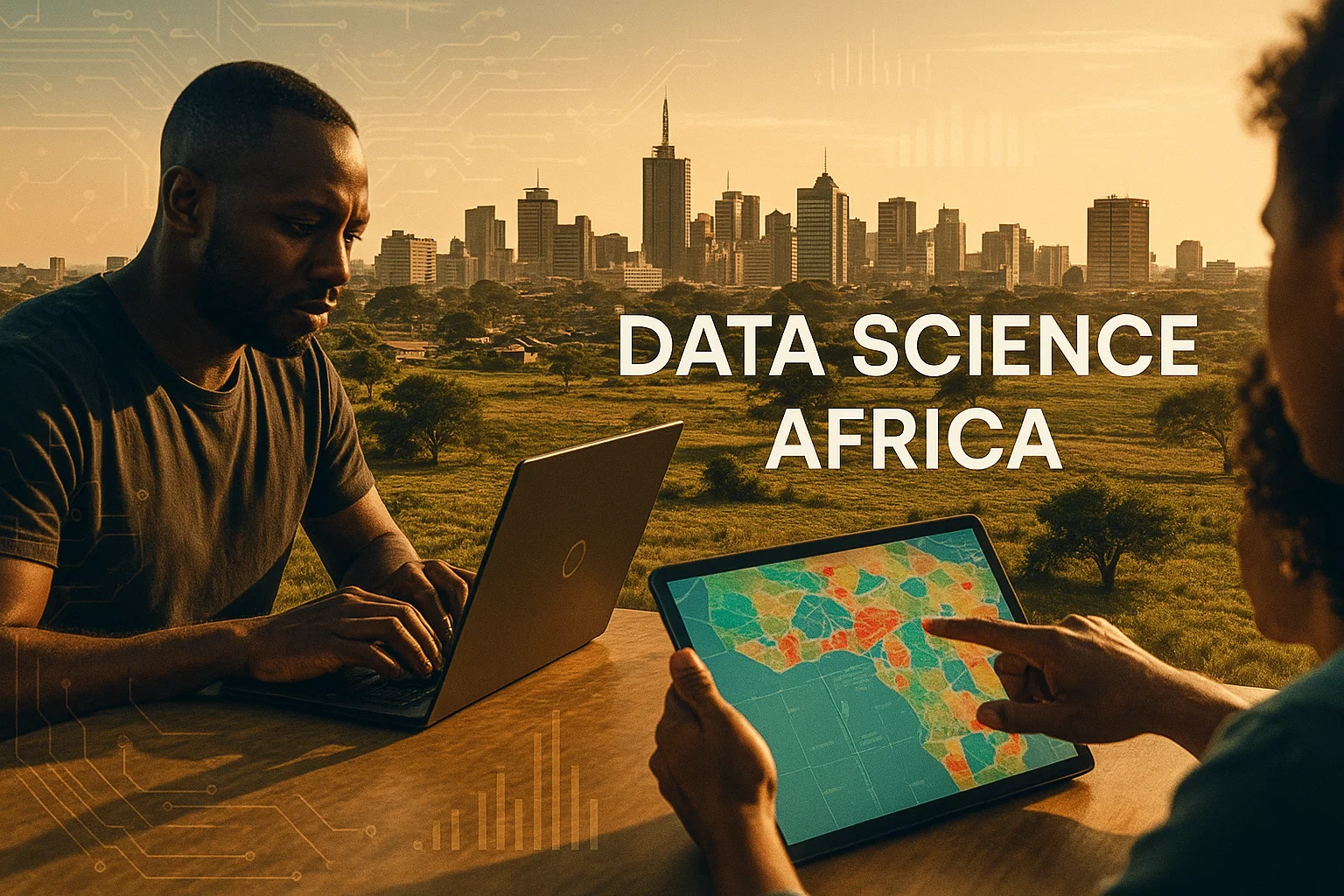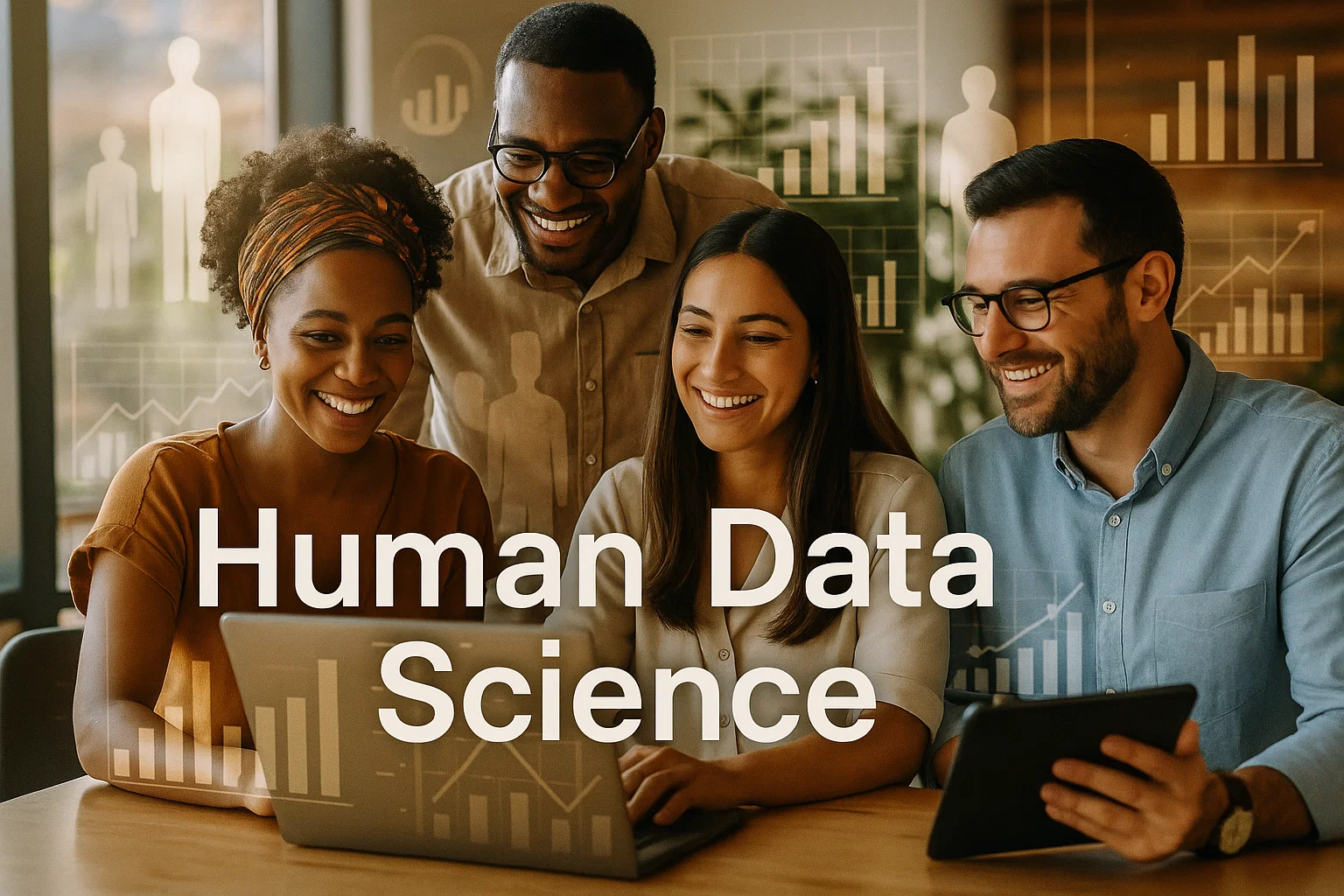Mathematics and data science give you the math foundation needed to build robust models, reason about data, and create reliable pipelines; this guide shows practical steps to learn, apply, and measure impact with clear tool recommendations and runnable examples.
Introduction
mathematics and data science form the backbone of modern analytics, and this article is informational with practical, hands-on steps you can use to level up. I’ll explain the math you truly need, how to apply it in real-world data projects, and where to invest your learning time. Expect clear links to related entities like statistics and linear algebra early, followed by actionable workflows, code examples, tool recommendations, and a compliance checklist. In my experience, focusing on a small set of mathematical ideas lets you ship models faster, and it makes your results easier to explain to stakeholders. Read on to get a reproducible plan that moves from concept to working prototype.
What mathematics and data science mean, and why they matter
Defining the core concept
When we talk about mathematics and data science together, we mean the set of mathematical tools and reasoning methods you use to clean data, build models, and evaluate decisions. This includes probability, statistics, linear algebra, optimization, and numerical methods, all applied to datasets.
Background and context
Data science grew from a need to turn data into decisions. Mathematics provides the guarantees and intuition behind algorithms, so you can choose models that fit your problem, estimate uncertainty, and avoid catastrophic mistakes. Knowing which math to apply reduces wasted effort, and helps you interpret model outputs correctly.
Why this combination matters to you
- It improves model robustness, by helping you diagnose overfitting and bias.
- It speeds communication with engineers and stakeholders, because you can explain choices clearly.
- It unlocks better experimentation, by guiding metric selection and error analysis.
Core mathematical pillars
- Probability and statistics, for uncertainty and inference.
- Linear algebra, for vectors, matrices, and model representations.
- Optimization, to train models efficiently.
- Discrete math and logic, for feature engineering and constraints.
How to learn and apply mathematics and data science, step-by-step
This practical workflow moves you from a problem statement to a validated model.
- Choose a clear, measurable problem
- Pick a question like forecasting demand, classifying images, or predicting churn. Keep scope narrow.
- Map required math
- For forecasting you need time series basics and regression, for classification you need probability, linear algebra, and loss functions.
- Collect and clean a small dataset
- Use a reproducible notebook, document assumptions, and create a labeled sample for experiments.
- Start with interpretable baselines
- Try linear regression or logistic regression first, they are fast and mathematically transparent.
- Evaluate with proper metrics
- Use precision, recall, calibration, or MSE depending on the problem, and check for bias across subgroups.
- Iterate and communicate
- Present results with clear uncertainty estimates, then improve features or model complexity only if needed.
Example workflow, real-world
If you want to predict delivery times, start with feature engineering: distance, historical delay patterns, and traffic proxies. Fit a simple regression, check residuals, then move to tree models if nonlinearity persists. Validate on a holdout set, and produce prediction intervals so operations can plan.
Copy-paste code example (Python) — baseline model
# python
# Train a simple linear regression baseline with basic checks
import pandas as pd
from sklearn.linear_model import LinearRegression
from sklearn.model_selection import train_test_split
from sklearn.metrics import mean_squared_error
# load a small CSV, replace path with your file
df = pd.read_csv("data.csv")
X = df[["distance_km", "historical_delay"]] # engineered features
y = df["delivery_time"]
X_train, X_test, y_train, y_test = train_test_split(X, y, test_size=0.2, random_state=0)
model = LinearRegression()
model.fit(X_train, y_train)
pred = model.predict(X_test)
print("RMSE", mean_squared_error(y_test, pred, squared=False))
Explanation: This minimal example shows how to create a transparent baseline, and gives you a performance number to beat.
Best practices, recommended tools, resources, pros and cons
Adopt habits that make mathematical work reproducible, testable, and explainable.
Best practices
- Start simple with baseline models, document each assumption.
- Version datasets and code to reproduce results later.
- Measure impact with outcome-centered metrics, not just accuracy.
- Check fairness and calibration before deploying any decision-making model.
Tool recommendations
NumPy & pandas
Pros: essential for data manipulation and numeric ops.
Cons: need careful handling of large datasets.
Tip: Use vectorized ops and small, reproducible samples to test logic.
scikit-learn
Pros: robust, well-documented algorithms and evaluation tools.
Cons: not ideal for very large scale learning.
Tip: Use its pipelines for cleaner preprocessing and model training.
Jupyter / Colab
Pros: interactive experimentation and visualization.
Cons: notebooks can become messy without discipline.
Tip: Keep one notebook per experiment, export key scripts to version control.
Choosing tools by stage
For exploration use Jupyter and pandas, for modeling start with scikit-learn, and for scaling move to frameworks like TensorFlow or PyTorch only when necessary. Track experiments with simple logs or tools like MLflow when reproducibility becomes important.
Challenges, legal and ethical considerations, troubleshooting
Working at the intersection of mathematics and data science brings responsibilities and technical traps, plan for them.
Common challenges
- Data leakage, when training data contains future information.
- Overfitting, particularly with many features and few samples.
- Unbalanced classes, which can bias common metrics.
Compliance and ethics checklist
- Map data provenance and obtain permissions.
- Anonymize or minimize personal data where possible.
- Keep audit logs for model decisions, and document intended use cases.
- Run subgroup analysis to detect disparate impacts.
- Keep retraining and rollback plans ready.
If compliance is complex, alternatives include using aggregated data, synthetic datasets, or partnering with a trusted custodian who can handle sensitive information.
Troubleshooting tips
- Reproduce errors on a small dataset, verify preprocessing steps.
- Visualize residuals and feature importances to spot problems.
- Use cross-validation to get more stable estimates.
Rigorous documentation of datasets and model assumptions reduces risk and supports reproducibility, this is emphasized by many best practice guides. (Google)
Transparent explanations and validated claims help maintain trust and align products with user needs, which improves long-term adoption. (Moz)
Scaling, deployment, and capacity building
After you validate a prototype, plan scale thoughtfully. Automate reproducible pipelines, choose deployment infra that supports monitoring, and build a retraining schedule. Invest in capacity building by running short workshops, pair programming, and code reviews, because team skills matter more than tools. For funding, prepare a concise impact report showing cost per outcome, accuracy, and operational needs.
Conclusion and call to action
mathematics and data science unlock better decisions when you focus on the right math, start with simple baselines, and measure human outcomes. Key takeaways: start with interpretable models, version datasets and code, document assumptions and fairness checks. Welcome to Alamcer, a tech-focused platform created to share practical knowledge, free resources, and bot templates. Our goal is to make technology simple, accessible, and useful for everyone. We provide free knowledge articles and guides, ready-to-use bot templates for automation and productivity, and custom development services for bots and websites on request. Reach out to Alamcer to turn your data ideas into working solutions.
External resources
- Guidance on model evaluation and responsible practices: Google guidelines.
- Documentation and tutorials for reproducible workflows: scikit-learn official docs.
- SEO and content quality best practices: Moz resources.
- Competitive research and keyword tools: SEMrush insights.
Bold takeaways:
Begin with simple math and baselines., Version data and models for reproducibility., Measure impact, not just accuracy.
FAQs
mathematics and data science
mathematics and data science refers to the mathematical foundations and applied techniques used to analyze data, build predictive models, and make informed decisions, with emphasis on reproducibility and ethical use.
What math do I need first for data science?
Start with linear algebra basics, probability, and statistics. These give you intuition for how models represent data, how to quantify uncertainty, and how to test hypotheses.
How do I avoid overfitting in models?
Use simpler baselines, cross-validation, regularization, and holdout tests. Also prioritize more data or better features over blindly increasing model complexity.
Can I learn mathematics and data science without a formal degree?
Yes, by combining structured online courses, hands-on projects, and consistent practice with small real datasets you can build practical skills that employers value.
Which metrics should I choose for my problem?
Pick metrics aligned to business outcomes, for example MSE for continuous estimates, precision and recall for imbalanced classification, and calibration metrics when decisions need confidence estimates.
How do I make my work reproducible?
Version datasets, use containers or locked dependencies, store code in version control, and keep experiment logs with seeds and parameter settings.
Is interpretability important in all projects?
Interpretability is crucial when decisions affect people, like lending or hiring. For pure research or non-critical tasks, complex models may be fine, but document limitations.
How do I check for fairness in models?
Run subgroup performance comparisons, test for disparate impact, and involve domain stakeholders to identify sensitive attributes and mitigation strategies.
Should I use synthetic data for development?
Synthetic data is useful for prototyping when real data is restricted, but validate models on real or well-curated held-out data before deployment.
When should I consult a compliance professional?
Consult experts when handling personal data, health or finance data, or when operating across multiple legal jurisdictions, professional guidance reduces risk.
Compliance & disclaimer
This article is educational and not legal advice. Follow platform Terms of Service and applicable privacy regulations such as GDPR or CCPA when handling personal data. For specific compliance or legal guidance, consult a qualified professional.



